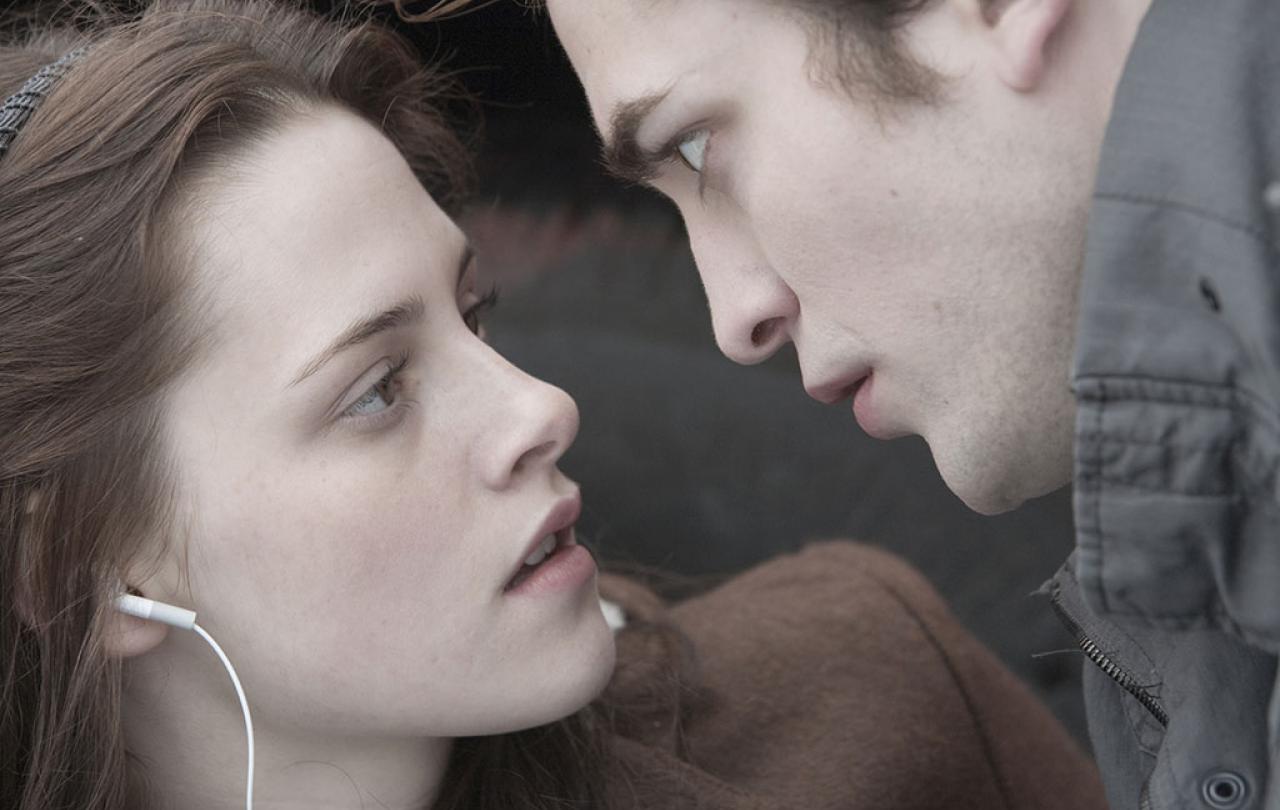
On 19 July 2024, my wife, toddler, cat, and I moved back to our hometown of Liverpool. Ten days later, three children were killed and ten more were seriously injured following a mass stabbing at a children’s dance workshop in nearby Southport.
In the aftermath, amid widespread misinformation about the killer’s background, riots erupted across the country. With unrest intensifying, on 3 August rioters set fire to Spellow Library, less than two miles away from our new home. The apparent reason for the fire? It contained Qur’ans. Imagine that: books in a library! (There’s an all-too-easy joke about far-right thugs not understanding what libraries are that I’ll try to resist making here.)
Nothing the country witnessed in those riots matches the unspeakable horror that occurred within that dance studio in Southport. And yet, I found the library fire deeply unsettling. I hadn’t worked out why, until recently.
I’m a theology lecturer and work from home a lot. I’m often listening to music while replying to emails, planning lectures, or marking essays. Recently, however, I’ve been in a musical rut. My usual stuff feels stale and nothing new catches my attention. I mostly use streaming services, and this week it hit me: the platform is the problem.
Streaming platforms operate through search engines: I search for an artist, song, or album, and start listening. In other words, I have to know what I want to listen to before listening to it. Platforms might suggest new music, but this is invariably based on what I already like. It very rarely exposes me to anything outside my comfort zone.
In the build-up to the invasion of Iraq in 2003, then-U.S. Secretary of Defense Donald Rumsfeld was asked about the mythical WMDs that served as the war’s McGuffin. His answer has gone down in political infamy:
“there are known knowns; there are things we know we know. We also know there are known unknowns; that is to say we know there are some things we do not know. But there are also unknown unknowns—the ones we don't know we don't know.”
When teaching students, I constantly stress the importance of ‘unknown unknowns’. Good education exposes us to things we don’t know that we don’t know. It gives us increasing awareness of our own ignorance. Streaming services greatly reduce the chances of finding music I don’t know that I don’t know. Instead, I listen to music I know I know, or music I know I don’t know.
I used to love trawling through music shops, pouring over the vast sea of artists I hasn’t even heard of, imagining my favourite album was buried amid the reams of CD cases. It saddens me that I can’t remember the last time I did that. Music shops are physical monuments to my own ignorance. When I see all the artists, all the albums – even the genres! – I haven’t even heard of, I’m unavoidably confronted with my own ignorance.
So, too, with libraries. How many times I’ve wandered the stacks of university libraries and thought “I didn’t even know there was a book about this topic!” when picking something off the shelves! And this is their value to students: they are physical monuments to their own ignorance. They instil a passion for knowledge, and a deeper sense of humility, as students are forced to grapple concretely with everything they don’t even know they don’t know.
(Incidentally, this is what I’ll tell my wife next time I buy another book I invariably won’t read. I can already imagine her response: “But my love, we have plenty of physical monuments to your ignorance at home already.”)
I found the destruction at Spellow Library so disquieting. It is a supremely, nihilistic act. It is to reject engaging with our ‘unknown unknowns.’
Like music streaming platforms, libraries are increasingly digital spaces. My primary experience of reading nowadays is to type something into a search bar. My reading – just like my music – is increasingly myopic; increasingly confined to the realm of ‘known unknowns’. But true humility is only fostered through engagement with the ‘unknown unknowns’ of our life. We need the physical monuments to our own ignorance. We ignore them – or, as the case may be, set fire to them – at our peril.
There is a significant spiritual element to this, and this is why I found the destruction at Spellow Library so disquieting. It is a supremely, nihilistic act. It is to reject engaging with our ‘unknown unknowns’; a fearful unwillingness to be confronted by our own ignorance.
In a famous graduation speech entitled “This is Water” writer David Foster Wallace encourages those present to think about the ‘water’ in which they swim. What is so ubiquitous in life that it goes unnoticed? We might call these ‘unknown knows’: things we simply take for granted. On a theological level, the physical nature of our existence is one such phenomena. That we exist somewhere and somewhen is not a given; both space and time are creatures, too.
And this ought to make us reflect: why are we made to be physical if we might not have been? The Bible is clear that this physicality is a gift. So much so that God Himself chooses to dwell amongst us in physical form. The Christian story is that, in Jesus Christ, God becomes human. The Christian Gospels go to great pains to stress his physicality. He eats, He sleeps, He cries, He bleeds. He reads from physical scrolls when in the synagogue.
That God-given physicality means I can surround myself with the depth and breadth of my own creaturely ignorance; with my ‘unknown unknowns’. To my shame, I don’t do this often enough, and my increasingly digital life makes this harder. I have become physically detached from my ‘unknown unknowns’.
And so, now Spellow Library is reopen, I am going to make a concerted effort to visit and support society’s physical monuments to my creaturely ignorance. They may make me uncomfortable as I am overwhelmed by the extent of my limitations, but they may also just make me humbler. And that is the real gift of our God-given physicality.
Celebrate our 2nd birthday!
Since Spring 2023, our readers have enjoyed over 1,000 articles. All for free.
This is made possible through the generosity of our amazing community of supporters.
If you enjoy Seen & Unseen, would you consider making a gift towards our work?
Do so by joining Behind The Seen. Alongside other benefits, you’ll receive an extra fortnightly email from me sharing my reading and reflections on the ideas that are shaping our times.
Graham Tomlin
Editor-in-Chief





